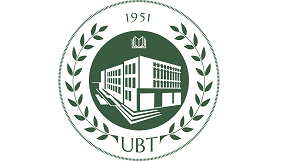MERCY EBERE NDUBUEZE-OGARAKU1*,GOODNEWS CHIBUZOR JOSEPH2
|
1 Univeristy of Port Harcourt/ faculty of Agriculture, Department of Agricultural Economics & Extension, Choba, Rivers State Nigeria * Correspondingauthor; E-mail: mercy.onu@uniport.edu.ng Abstract Nigeria agriculture is dependent on rainfall for water supply and it is marked by two notable seasons, the wet and dry seasons. Cucumber production during wet and dry season is becoming popular among farmers in Rivers State. The study compared wet and dry season cucumber production in Oyigbo Local Government Area, Rivers State, Nigeria. Specifically, socioeconomic characteristics of the farmers were described. Profitability of cucumber production in the wet and dry season was estimated and compared. Effects of socieonomic variables on revenue generated was estimated. 76 farmers were randomly selected from four communities in the study area. Descriptive statistics, enterprise budget model, regression model and z-test were the analytical tools used. The result indicated that majority of the farmers were females with 59.2%. Gross margin in the wet season production was ₦330,124.88 with a net income of ₦147,472.89 while gross margin realized from dry season production was ₦281,901.44 with a net income of ₦255,473.83. The result of multiple regression analysis adopted double log function as the lead equation because, it showed righest (R2 ) 64%. Coeffcients such as farm size, labour and fertilizer were positively significant at 5%, 5% and 1% respectively. The a z-statistic value of 2.535 for net income in wet and dry season, implied that the differences in the net income between wet and dry season varied significantly at 1%. It is recommended that farmers should scale up cucumber production during the dry season for higher profit margin. Keywords: Comparative, cucumber, production, wet, dry season |
